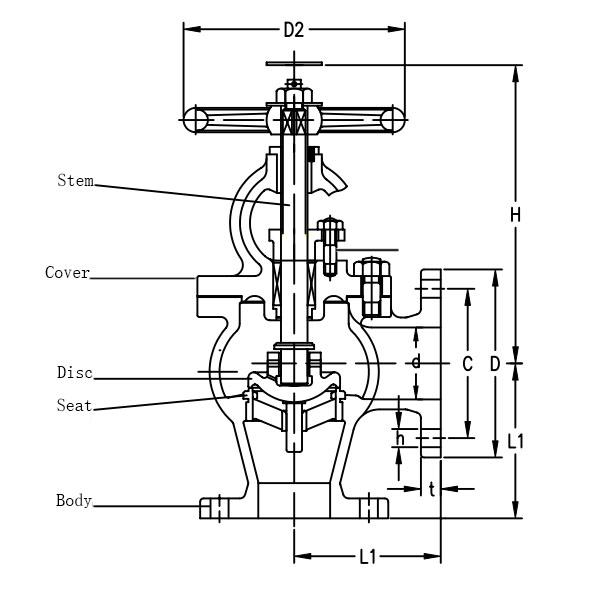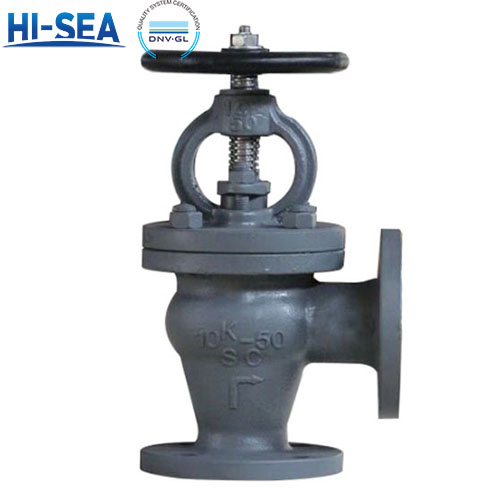
What is Marine Angle SDNR Valves?
Angle SDNR valves find applications in various industries, including water treatment plants, wastewater management systems, chemical processing plants, and oil and gas facilities, where preventing backflow is essential for operational safety and efficiency.
Overview
Working principles
Angle SDNR (Straight, Double Non-Return) valves are commonly used in piping systems to prevent the reversal of flow in a single direction. They are especially useful in applications where backflow prevention is crucial, such as in water distribution systems, sewage systems, and industrial processes.
The working principles of an Angle SDNR valve can be explained as follows:
-Valve Design: Angle SDNR valves typically consist of a body with an angled inlet and outlet, hence the name "Angle." Inside the valve body, there are two non-return valves (check valves) arranged in series, one after the other. These check valves allow fluid to flow in one direction only.
-Straight Flow Path: The straight flow path refers to the direction in which the fluid flows through the valve when it is open. When the pressure on the inlet side is higher than the pressure on the outlet side, the valves open, allowing the fluid to pass through the valve unimpeded.
-Double Non-Return Valves: The term "Double Non-Return" signifies that there are two non-return valves incorporated into the design. These valves are oriented in opposite directions to prevent backflow. Each check valve consists of a movable flap or disc that opens in response to forward flow and closes to prevent reverse flow.
-Preventing Backflow: When the pressure on the outlet side becomes higher than the pressure on the inlet side, the non-return valves close, blocking the flow in the reverse direction. This prevents backflow and ensures that the fluid moves only in the intended direction.
-Maintenance and Reliability: Angle SDNR valves are designed for reliability and require minimal maintenance. However, periodic inspection and maintenance may be necessary to ensure proper functioning and to address any issues that may arise over time, such as wear and tear or buildup of debris.

Image of the Globe Valve






